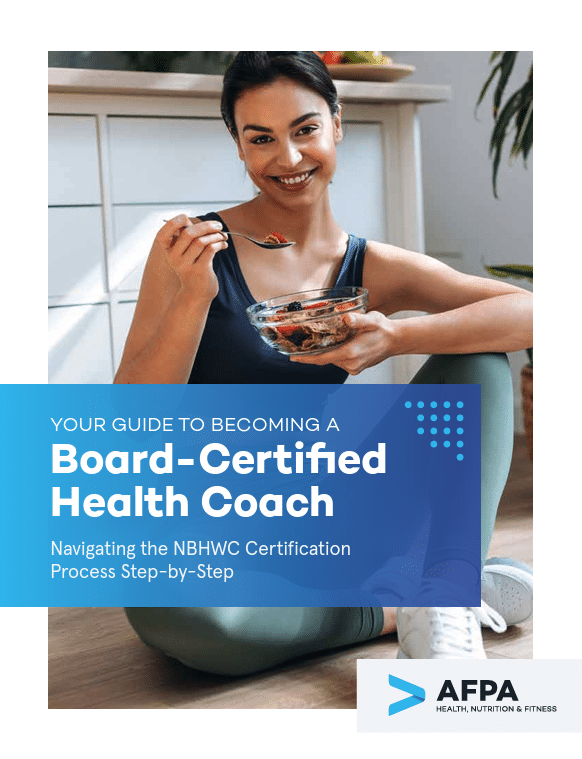If you’re anything like me, you probably have a box of baking soda tucked away in your pantry. Maybe you use it for baking, cleaning, or deodorizing the fridge. I recently did a deep dive and discovered that baking soda actually has some pretty impressive health benefits. It may even be one of the most overlooked wellness tools out there.
I started experimenting with baking soda ( aka sodium bicarbonate) as part of my wellness routine. The results so far have been fascinating. Baking soda has a variety of benefits, from improving energy and endurance to supporting pH balance and even sleep. This unassuming ingredient may have far more to offer than we give it credit for.
This article explores what I’ve learned, what the science has to say, and how I’m using baking soda in my daily routine.
Why Baking Soda Matters for Your Body
Baking soda isn’t just for baking cookies (although they are delicious!). It’s a natural compound already found in our bodies and plays a key role in maintaining acid-base balance, or pH. Our blood pH is tightly regulated between 7.35 and 7.45, and our bodies work hard to keep it in that range. Sometimes even pulling minerals from bones or other tissues to maintain balance.
This is where baking soda comes in. It acts as a buffer to neutralize excess acids in the body. Modern life throws a lot at us that can push us toward being more acidic, including intense exercise, stress, processed foods, and even infections. Supporting the body’s natural buffering system can help restore balance. And as I’ve found, it can also improve how we feel and function on a daily basis.
Take a Deep Breath
What fascinated me most is how baking soda interacts with carbon dioxide (CO2) and oxygen delivery. We often hear about the importance of getting enough oxygen, but CO2 plays a critical role in making sure oxygen actually gets into our tissues. Through a process called the Bohr effect, higher CO2 levels help red blood cells release oxygen where it’s needed. These include places like your brain, muscles, and mitochondria (the cell’s energy factories).
Many of us are unintentionally under-breathing, breathing too shallowly, too quickly, or mostly through the mouth. This lack of air intake can then lower CO2 levels and impair oxygen delivery. Baking soda supports CO2 balance, which in turn may help improve energy, focus, and endurance.
Baking Soda for Energy and Endurance
One of the first things that caught my attention when researching baking soda was how it’s been used in the athletic world. It was once even banned by the World Anti-Doping Agency (WADA) as a performance-enhancing substance. Studies show baking soda can stave off fatigue and improve endurance. It’s no longer banned though since it’s a natural, common substance.
After intense exercise lactic acid builds up in the muscles, causing that familiar burning sensation and eventually fatigue. Baking soda buffers this acid to help delay muscle fatigue. A 2013 meta-analysis in the Journal of Strength and Conditioning Research confirmed these results. They found that supplementing with baking soda improves short-term, high-intensity exercise performance in elite athletes.
You don’t have to be an elite athlete though to experience positive effects from baking soda!
Mitochondria, Oxygen, and pH Balance
Beyond athletic benefits, baking soda’s effects go much deeper, even down to the cellular level. Our mitochondria thrive in a very narrow pH range and need proper oxygen delivery to make ATP (energy). By helping balance CO2 and pH, baking soda may help boost mitochondrial efficiency for more lasting energy.
When I first started experimenting, I noticed clearer thinking, steadier energy, and improved workout recovery. Personally I feel that’s worth paying attention to, especially since this is one of the cheapest wellness tools out there.
Anti-Inflammatory and Immune Support
You may not think of immune health when you think of baking soda, but it may deserve a spot next to your elderberry syrup.
A 2018 study in the Journal of Immunology found that sodium bicarbonate activates anti-inflammatory pathways through the spleen. It seems to shift the balance of immune cells, reducing pro-inflammatory macrophages and increasing anti-inflammatory T-cells.
The same study also showed some evidence that baking soda can reduce inflammatory cytokines in those prone to autoimmune disease. It may even support the vagus nerve, which is key for calming the nervous system. As someone who has dealt with autoimmune issues in the past, it’s something I’m trying to keep at bay.
While human research is still limited, I’ve found that when I take baking soda consistently, I feel calmer and less inflamed. This is just my own experience, but the science backing it up is promising.
Kidney and Digestive Support
Medical experts have used baking soda for years in specific situations. Doctors sometimes prescribe it to slow the progression of chronic kidney disease by reducing the body’s acid load. A study in the Journal of the American Society of Nephrology showed it slowed down kidney decline and reduced the need for dialysis in some patients.
It’s also a well-known quick fix for occasional heartburn or acid reflux because it neutralizes stomach acid. However, I don’t recommend using it very often for this. Long-term, we want to support healthy stomach acid, not unnecessarily reduce it.
Some people also use baking soda to alkalize urine and discourage bacterial growth in urinary tract infections (UTIs). I’ve had friends use this in a pinch while traveling, and it worked surprisingly well for them.
Better Sleep and Stress Support
Another baking soda benefit that surprised me was how it can help with sleep and relaxation. Research suggests it can increase nitric oxide production, which improves blood flow. Drinking a little bit in water throughout the day has been linked to better sleep quality and fewer bathroom trips at night.
I’ve used baking soda baths on occasion for years to help with detox, especially combined with Epsom salts. A 20 minute soak is really relaxing, supports detox, and reduces stress. Many of the studies done on baking soda’s benefits used it as part of a warm bath.
On nights after tough workouts, this bath routine feels amazing and seems to help me fall asleep faster.
Oral Health Benefits
One of it’s more popular and well known uses, baking soda is great for oral care. Baking soda is already a popular ingredient in natural toothpaste because it helps alkalize the mouth and whiten teeth. It can help reduce acidity in the mouth and support a healthy oral microbiome.
That said, it’s important to use it correctly. Too much can be abrasive or overly alkalizing. If you’re looking for a natural toothpaste that uses a balanced amount of baking soda, here’s what I use. More of the DIY type? Here’s my remineralizing toothpaste recipe.
How I Use Baking Soda
While I do focus on movement and working out, I’m not an elite athlete taking huge doses. Some athletes work up to tablespoons at a time, which can cause digestive distress if you’re not careful. What I’m doing is much more modest, about ½ teaspoon in water once or twice a day. Sometimes I’ll add an extra dose before a workout. So far, I’ve noticed better endurance, quicker recovery, and less muscle soreness.
Here’s more on how I’m using baking soda in my daily routine
- Orally– I drink ½ teaspoon of baking soda in water on an empty stomach, about 30 minutes before breakfast. Sometimes I’ll take another ½ teaspoon mid-afternoon or pre-workout, especially on high-intensity workout days.
- Baths – A mix of Epsom salts and baking soda in a warm bath for 20 minutes. This feels really good on days where I’ve been more active or stressed!
- Oral care – The natural toothpaste I use everyday has baking soda.
A Few Precautions
Even though baking soda is natural and inexpensive, more is not always better. High doses can cause nausea, bloating, or diarrhea. People with certain health conditions, especially kidney or heart issues, should talk to their healthcare professional first.
If you want to try it, start small and see how your body responds. A tiny amount can have a surprisingly big effect. And yes, it tastes salty and not particularly pleasant in water. I sometimes add a squeeze of lemon juice or a pinch of sea salt to make it more palatable.
I also make sure to take this away from meals because baking soda can temporarily reduce stomach acid, and I want strong stomach acid for digestion.
Final Thoughts On Baking Soda’s Benefits
Baking soda might just be one of the most underrated wellness tools out there. By supporting pH balance, CO2 levels, and mitochondrial function, it can improve energy, endurance, and even sleep—all for just pennies a day.
As always, be sure to do your own research before starting any new supplement. It’s also a good idea to start small and listen to your body. This simple addition has been a game-changer for my energy, workout recovery, and even mental clarity. And the best part is it’s probably already in your pantry!
Have you ever used baking soda before? What are your favorite ways to use it? Leave a comment and let us know!






![How to Build a Personal Brand That Actually Drives Business Results [+ Video] How to Build a Personal Brand That Actually Drives Business Results [+ Video]](https://i3.wp.com/learn.g2.com/hubfs/G2CM_FI1178_Learn_Article_[Industry_Insights_Sara_Lattanzio]_V1a.png?w=1200&resize=1200,0&ssl=1)







